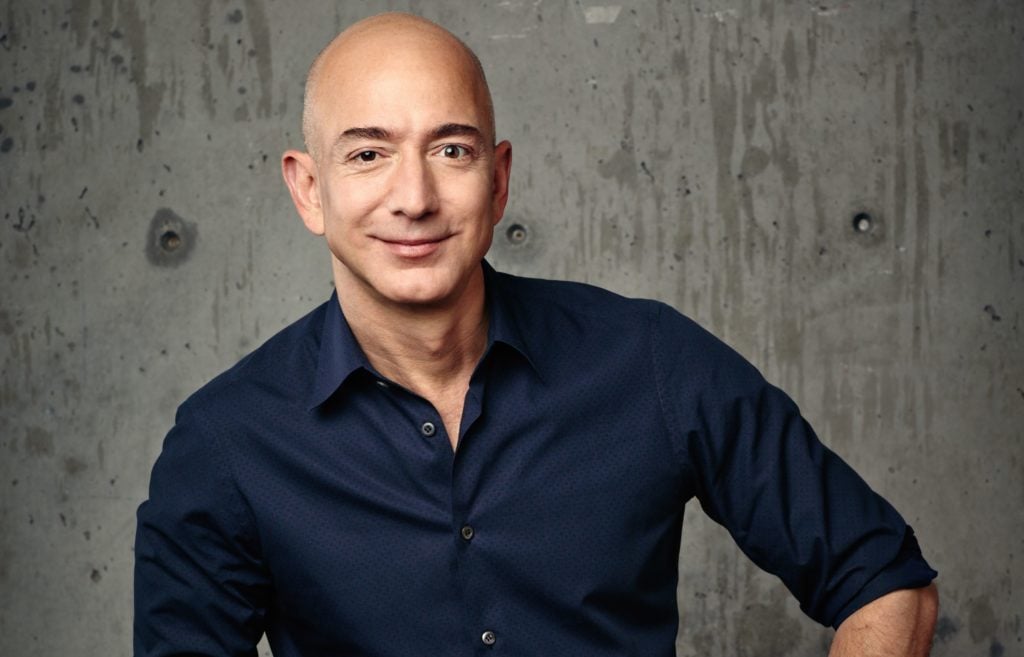
No matter what you think of Amazon’s HQ2 safari, you’ve got to admit it’s been one of the all-time great publicity stunts in the history of corporate America. A quick HQ2 search of Google News returns a stunning 3.5 million entries, and 17 pages of links to stories from just late October through mid November. If any press is good press, it’s hard to imagine a better result.
A lot of the press, of course, has not been so hot. As you’d expect Amazon has been blasted from both the right and left for “crony capitalism,” “corporate welfare,” etc. That’s silly. State EcDev folks are a pretty savvy bunch. They get what’s at stake here—even if the blathering class does not.
Still, there’s an understandable hangover from the process. “It [would have increased] the competition for talent but it would [have been] great,” Tom Linebarger, CEO of Cummins Engine, based south of Indianapolis in Columbus, Indiana, told Chief Executive. “It would provide jobs for a lot of people. It would be really good for [Indiana] and we would benefit.”
But simple math dictates that the fix was in from the start. You need a truly massive local population to fill 25,000 new jobs of any kind, let alone the most-difficult-to-fill high-tech jobs at a time when the national unemployment rate for those with a college degree is 2%. Amazon admitted as much by splitting the project in two and then situating it in two of the largest, best-educated cities in the nation. In retrospect, it’s hard to imagine them going anywhere else, isn’t it?
Rather than lament lost opportunity, here’s another way to see things: In ginning up the Great Amazonian Headquarters Hunt, Jeff Bezos did the rest of the CEOs in America—and their counterparts in state and local government—a huge service. He provided an impetus for EcDev departments all over the country to really focus on helping business. Not just tax breaks, but truly critical stuff like assessing their workforce; the local education system; congestion; housing; airports; energy; infrastructure; crime; quality of life—all the things that government should be thinking about when it comes to building the economy.
So while any CEO reading this would of course love to find the same kind of people Amazon is searching for, the truth is that almost none of you need find 50,000 of them in the next couple years (thankfully?).
But what about 25 or 250—or maybe even 2,500—great people? That’s a different story.
So why not just follow the trail laid down by Amazon—the hundreds of locales around the nation that may not be right for HQ2 (or even an HQ for you), but would be a great place for a satellite office or expansion site.
Chances are the local government in a hundred places is more prepared to talk with you than ever before—even if it never makes the news.

Chief Executive Group exists to improve the performance of U.S. CEOs, senior executives and public-company directors, helping you grow your companies, build your communities and strengthen society. Learn more at chiefexecutivegroup.com.
0

1:00 - 5:00 pm
Over 70% of Executives Surveyed Agree: Many Strategic Planning Efforts Lack Systematic Approach Tips for Enhancing Your Strategic Planning Process
Executives expressed frustration with their current strategic planning process. Issues include:
Steve Rutan and Denise Harrison have put together an afternoon workshop that will provide the tools you need to address these concerns. They have worked with hundreds of executives to develop a systematic approach that will enable your team to make better decisions during strategic planning. Steve and Denise will walk you through exercises for prioritizing your lists and steps that will reset and reinvigorate your process. This will be a hands-on workshop that will enable you to think about your business as you use the tools that are being presented. If you are ready for a Strategic Planning tune-up, select this workshop in your registration form. The additional fee of $695 will be added to your total.

2:00 - 5:00 pm
Female leaders face the same issues all leaders do, but they often face additional challenges too. In this peer session, we will facilitate a discussion of best practices and how to overcome common barriers to help women leaders be more effective within and outside their organizations.
Limited space available.

10:30 - 5:00 pm
General’s Retreat at Hermitage Golf Course
Sponsored by UBS
General’s Retreat, built in 1986 with architect Gary Roger Baird, has been voted the “Best Golf Course in Nashville” and is a “must play” when visiting the Nashville, Tennessee area. With the beautiful setting along the Cumberland River, golfers of all capabilities will thoroughly enjoy the golf, scenery and hospitality.
The golf outing fee includes transportation to and from the hotel, greens/cart fees, use of practice facilities, and boxed lunch. The bus will leave the hotel at 10:30 am for a noon shotgun start and return to the hotel after the cocktail reception following the completion of the round.